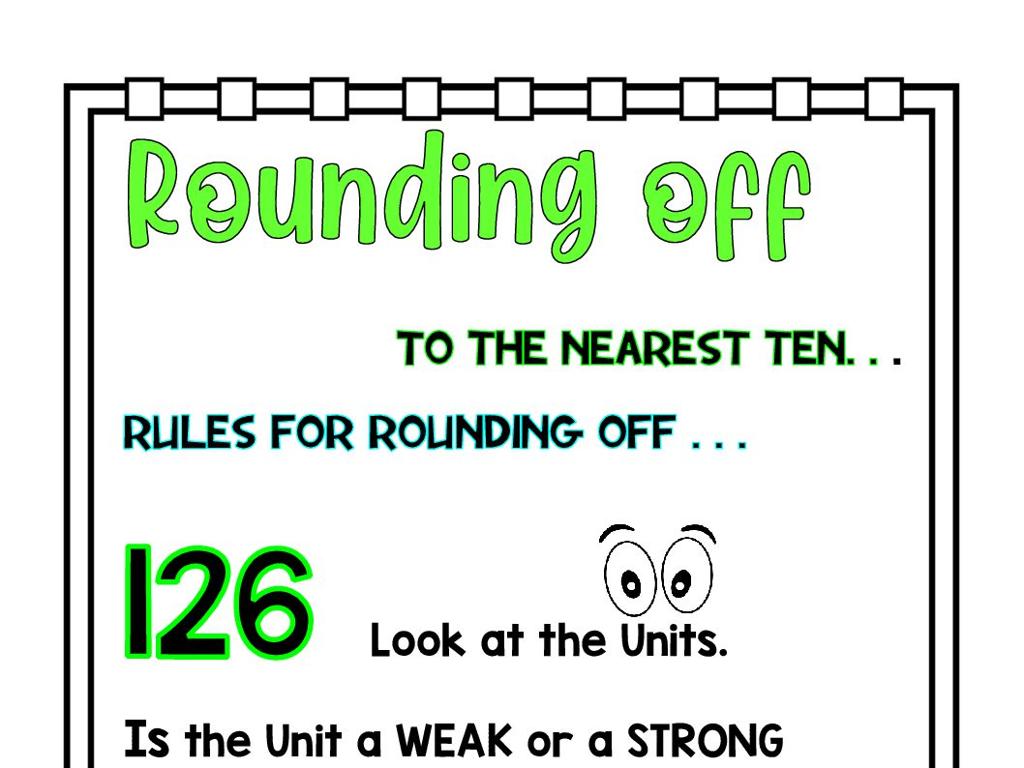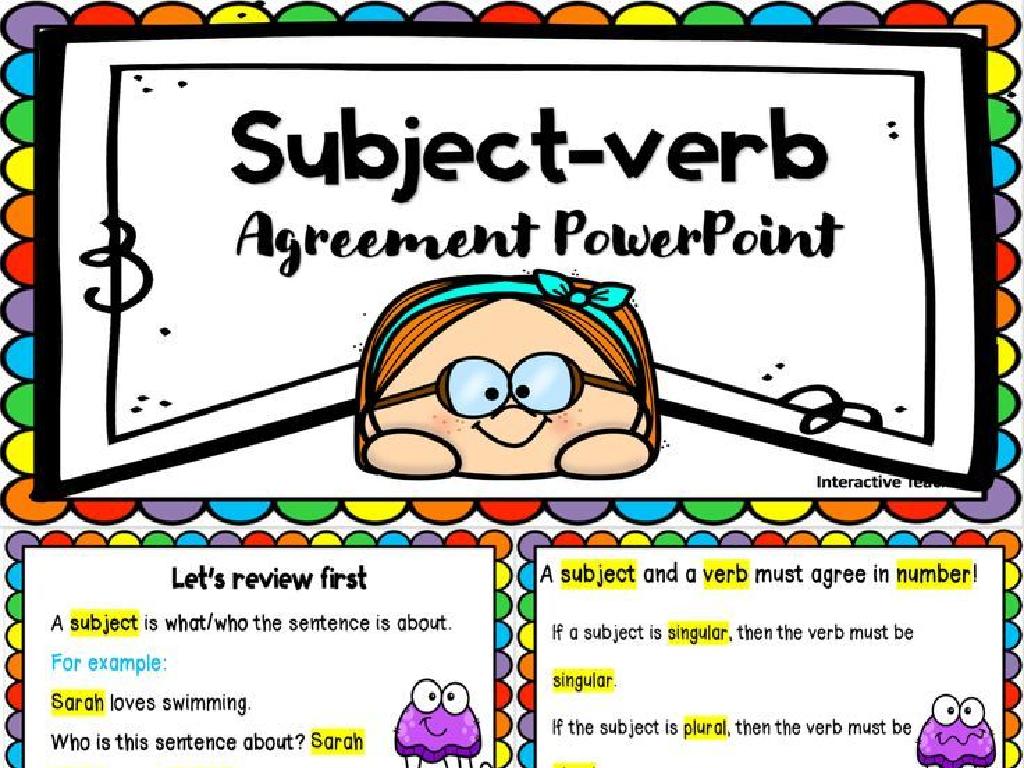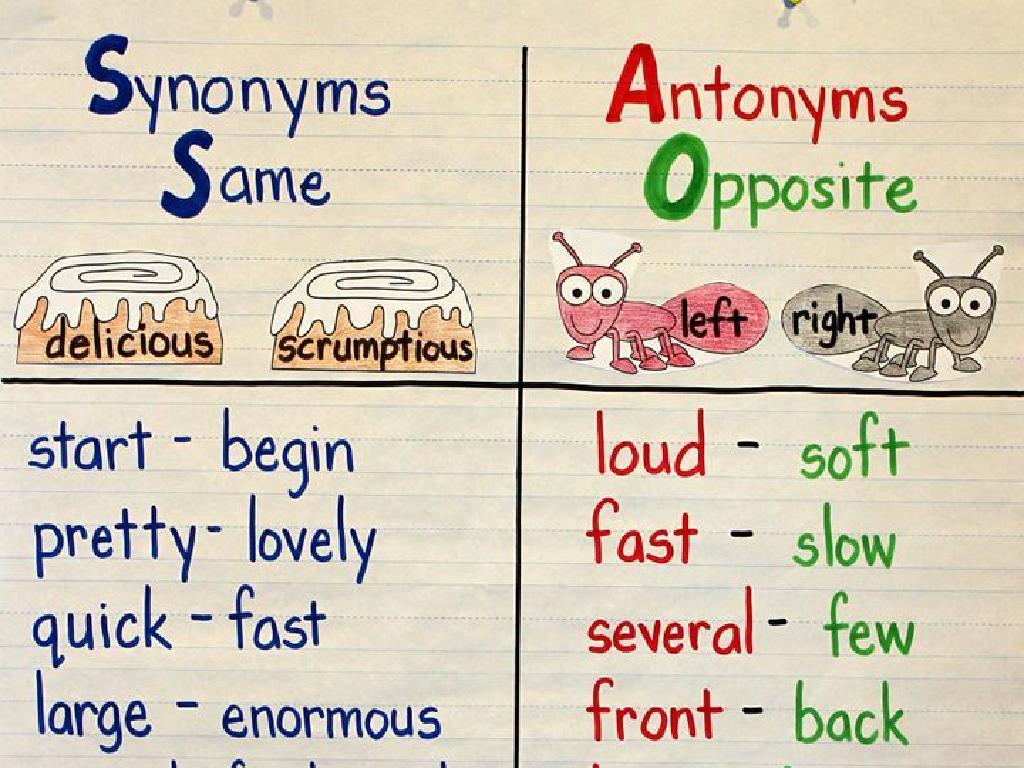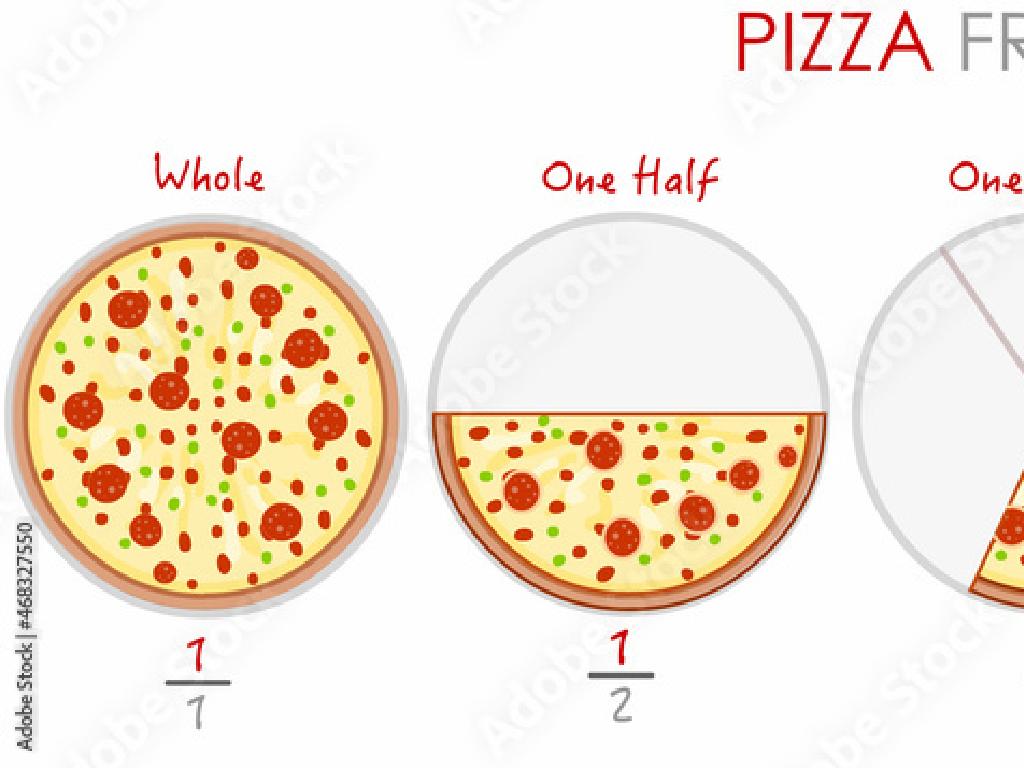Reflections: Find The Coordinates
Subject: Math
Grade: Seventh grade
Topic: Transformations
Please LOG IN to download the presentation. Access is available to registered users only.
View More Content
Understanding Reflections in Transformations
– What are transformations?
Transformations change a shape’s position or size.
– Today’s focus: Reflections
Reflections flip shapes over a line, like a mirror image.
– Reflections and symmetry
Symmetry involves balanced proportions; reflections create symmetry.
– Reflections in coordinate plane
To reflect a point across an axis, we change the sign of the corresponding coordinate.
|
Begin with a general overview of transformations, explaining that they are operations that alter the position, size, or shape of figures in a plane. Focus on reflections for today’s lesson, describing them as ‘mirror images’ of shapes across a specific line called the ‘line of reflection.’ Discuss how reflections can create symmetry, a concept they may be familiar with, and relate it to real-world examples like butterfly wings or faces. Move on to the mathematical aspect of reflections in the coordinate plane, showing how to find the coordinates of a reflected point by changing the sign of the x-coordinate (for y-axis reflections) or the y-coordinate (for x-axis reflections). Provide examples on the board and encourage students to work through practice problems.
Understanding Reflections in Geometry
– Define geometric reflection
– A flip over a line where the figure is the same distance from the line on both sides.
– Reflections across a line
– When reflecting over a line, points on one side are ‘mirrored’ to the other.
– Real-life reflection examples
– Water mirroring trees, symmetry in butterfly wings.
– Practice with coordinates
|
This slide introduces the concept of reflection in geometry, which is a type of transformation where a figure is flipped across a line to create a mirror image. It’s important to explain that the original figure and its image are congruent with each other. Use real-life examples like reflections in water or symmetrical patterns in nature to help students visualize the concept. Then, move on to demonstrate how to find the coordinates of a reflected point on a Cartesian plane. Encourage students to practice by reflecting points across various lines, such as the x-axis, y-axis, and other lines like y=x. This will solidify their understanding of how reflections work in a coordinate system.
Properties of Reflection in Coordinates
– Distance remains constant
– Each point and its image are equidistant from the line of reflection.
– Orientation is flipped
– A shape’s orientation is reversed across the line of reflection.
– Reflected shapes are congruent
– Original and reflected shapes are identical in size and shape.
– Practice with coordinate plane
– Use graph paper to reflect points across a line and verify these properties.
|
This slide aims to explain the key properties of reflection in the context of coordinate geometry. Emphasize that the distance from the line of reflection is the same for every point and its reflected image. Highlight that the reflected shape is a mirror image, which results in a flipped orientation. Ensure students understand that despite this flip, the original and reflected shapes are congruent, meaning they have the same size and shape. Encourage hands-on practice by having students use graph paper to reflect points and shapes across a line, reinforcing their understanding of these concepts. This will prepare them for more complex reflection tasks and enhance their spatial reasoning skills.
Coordinates and Reflections
– Finding reflected point coordinates
– To find a reflected point, flip the coordinates over the line of reflection.
– Reflections across the x-axis
– When reflecting over the x-axis, invert the y-coordinate (x, y) becomes (x, -y).
– Reflections across the y-axis
– For the y-axis, invert the x-coordinate (x, y) becomes (-x, y).
– Practice with line reflections
– Let’s reflect a point across a line not on the axes, like y = x or y = -x.
|
This slide introduces the concept of finding the coordinates of a reflected point, which is a key skill in understanding geometric transformations. Start by explaining the general rule for reflections, then move on to specific cases such as reflecting across the x-axis and y-axis. Provide visual aids to help students visualize the reflection process. For practice, set up exercises where students reflect points across various lines, including those not aligned with the axes, to solidify their understanding. Encourage students to work through the process step by step and check their work with a partner.
Reflections on the Coordinate Plane
– Rules for x-axis & y-axis reflections
– To reflect across y-axis, invert x-coordinate. To reflect across x-axis, invert y-coordinate.
– Reflect (3, -2) across y-axis
– Original point (3, -2) becomes (-3, -2) after reflection.
– Reflect (-4, 5) across x-axis
– Original point (-4, 5) becomes (-4, -5) after reflection.
– Practice with coordinate reflections
|
This slide introduces students to the concept of reflections on the coordinate plane, focusing on the rules for reflecting points across the x-axis and y-axis. Begin by explaining that reflecting a point across the y-axis changes the sign of the x-coordinate, while reflecting across the x-axis changes the sign of the y-coordinate. Provide the examples of reflecting the point (3, -2) across the y-axis to become (-3, -2), and reflecting the point (-4, 5) across the x-axis to become (-4, -5). Encourage students to visualize the reflection process and practice with additional points to solidify their understanding. This foundational skill will be crucial for solving more complex problems involving reflections in geometric transformations.
Let’s Practice Reflections!
– Reflect points and shapes on graph paper
– Pair up and compare reflections
– Did your partner get the same result?
– Discuss findings with the class
– What patterns do you notice in reflections?
– Understand reflection concepts
|
This class activity is designed to help students understand the concept of reflections in geometry. Provide each student with graph paper and a set of points or shapes to reflect over a specified axis. After completing the reflections individually, students should pair up to compare their results with a partner, discussing any discrepancies and confirming their understanding. Following the pair work, lead a group discussion where students can share their findings and observations. Encourage them to identify patterns and rules that apply to reflections. As a teacher, prepare to guide the discussion, correct any misunderstandings, and reinforce the properties of reflections. Possible activities can include reflecting over the x-axis, y-axis, or a line like y=x; using different shapes; or even creating a game where students guess the original position after a reflection.
Reflections in Patterns and Tessellations
– Identify reflections in patterns
– Look for symmetry in designs and patterns
– Create tessellations using reflection
– Use mirrors to reflect shapes and create repeating patterns
– Recognize reflections in art
– Find examples of reflective symmetry in paintings and sculptures
– Observe reflections in nature
– Notice symmetry in leaves, flowers, and animals
|
This slide introduces students to the concept of reflections in various contexts, emphasizing their presence in patterns and tessellations. Students should learn to identify lines of symmetry in patterns, which is a fundamental aspect of reflections. Encourage them to create their own tessellations by reflecting shapes across a line, which can be a fun art project. Highlight the prevalence of reflections in art, pointing out how artists use symmetry to create balance and appeal. Lastly, inspire students to observe the natural world, where reflections and symmetry are abundant, such as in butterfly wings or the structure of a leaf. This will help them appreciate the mathematical concept of reflection in everyday life.
Class Activity: Mirror, Mirror on the Graph
– Use a mirror for reflections
– Work in groups on a shape
– Create a reflected image
Place the mirror on the axis of reflection to see the shape’s mirror image.
– Present and explain your work
Discuss how you used the mirror and the steps taken to find the coordinates.
|
This activity is designed to help students understand the concept of reflection in coordinate geometry. Provide each group with graph paper, a shape to reflect, and a small mirror. Instruct them to place the mirror along the line of reflection and observe how the shape is mirrored on the other side. They should then draw the reflected shape on their graph paper and determine the coordinates of the reflected vertices. Each group will present their reflected shape to the class, explaining the reflection process and how they determined the coordinates. Possible variations for different groups could include reflecting shapes over different lines like the x-axis, y-axis, or y=x. This hands-on activity will reinforce their understanding of reflections and coordinate pairs.
Reflections Quiz: Understanding Coordinates
– Take the quick reflection quiz
– Review quiz answers as a class
– We’ll go over each question and answer
– Provide and receive feedback
– Share your thoughts on the quiz
– Discuss challenges and questions
– Let’s talk about any difficulties faced
|
This slide is designed for a quiz activity to assess students’ understanding of reflections in coordinate geometry. The quiz should include problems that require students to find the coordinates of reflected points. After the quiz, the class will review the answers together, allowing students to understand their mistakes. Encourage students to provide feedback on the quiz and discuss any challenges they encountered. This is also an opportunity for the teacher to address common misconceptions and provide additional explanations where needed. The discussion should be interactive, with the aim of reinforcing the concept of reflections and ensuring that all students are comfortable with the topic.
Wrapping Up: Reflections & Looking Ahead
– Recap of reflection principles
– We explored how to find coordinates after reflection over an axis.
– Homework: Reflection worksheet
– Complete the provided worksheet to reinforce today’s lesson.
– Upcoming: Rotation transformations
– Get ready to learn about another transformation type: rotations.
– Keep practicing at home!
|
As we conclude today’s lesson on reflections, remind students of the key points: identifying the line of reflection, understanding the ‘mirror image’ concept, and how to find the coordinates of a reflected point. Assign the practice worksheet to solidify their understanding. Preview the next lesson on rotations to pique their interest. Encourage students to review their notes and practice additional problems at home to become more comfortable with the concept of reflections before we move on to rotations.





